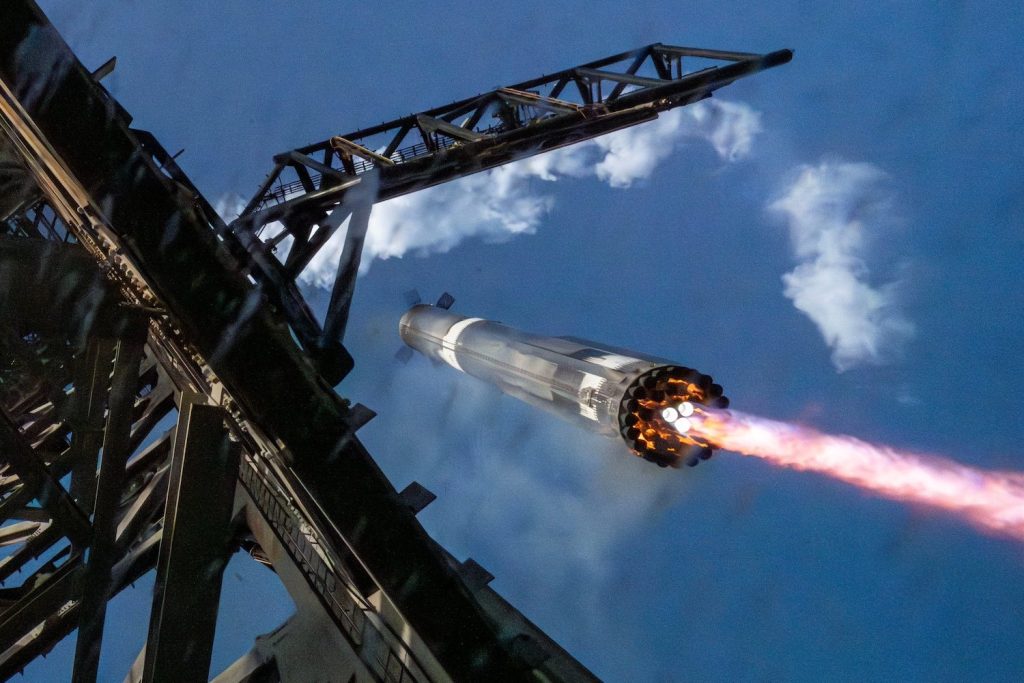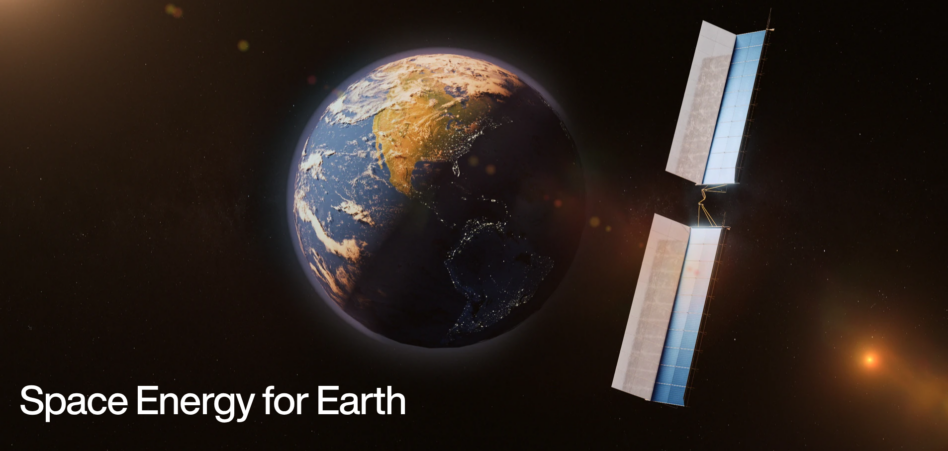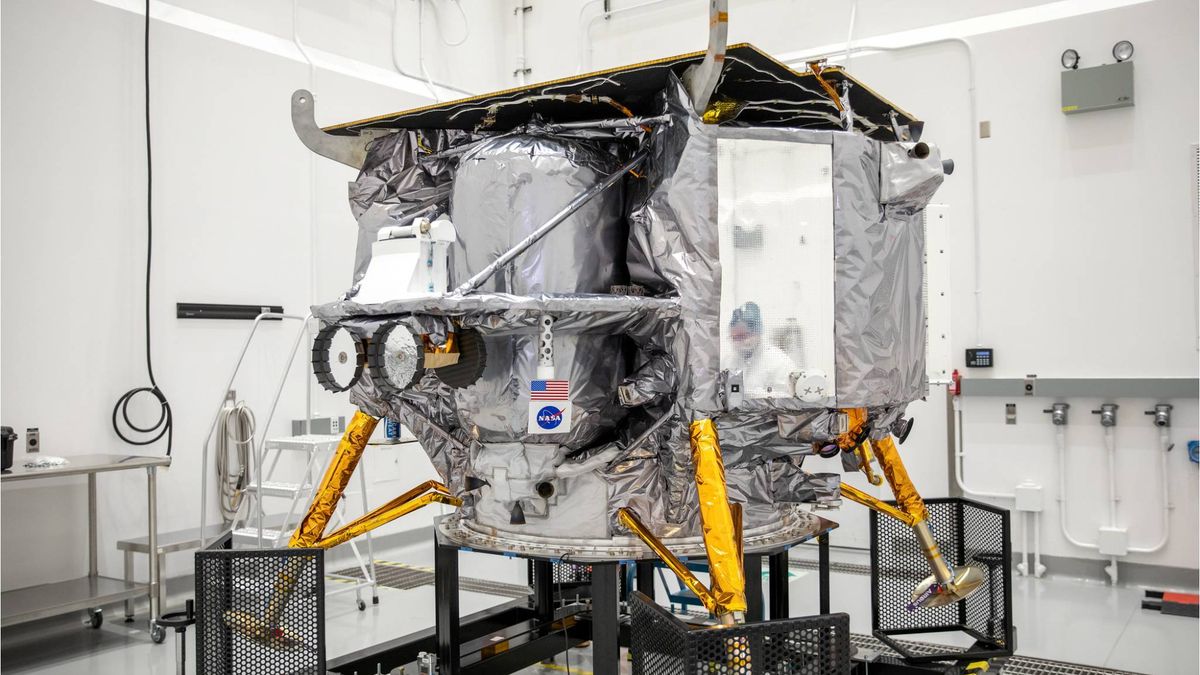NASA might speed up its plans for a Mars mission in response to a budget proposal from Trump.

NASA May Accelerate Mars Mission Timeline Following Trump Budget Proposal (Image Credit: Gizmodo-com)
NASA is considering launching missions to Mars as early as next year in an effort to expedite its plan to land astronauts on the Red Planet. The surprise shift of focus comes less than a week after the U.S. administration released its proposed budget for the agency, which emphasizes the national goal of landing a human on Mars.
The space agency is exploring the possibility of launching multiple missions to Mars in the very near future to accelerate its timeline for a human mission, Politico reported. “We are evaluating every opportunity, including launch windows in 2026 and 2028, to test technologies that will land humans on Mars,” NASA spokesperson Bethany Stevens is quoted in Politico as saying. The exact details of these missions, such as the rocket and payloads involved, were not disclosed.
Last Friday, President Donald Trump’s administration released a proposed budget for NASA’s fiscal year 2026, which highlighted the “objectives of returning to the Moon before China and putting a man on Mars.” The proposed budget is a 24% cut from NASA’s current $24.8 billion budget for the year 2025, and the majority of programs are facing budget cuts save for NASA’s human space exploration budget, which received an additional $647 million compared to the 2025 budget. Trump’s administration allocated an additional $1 billion in new investment for programs focused on Mars. The proposed budget would also axe NASA’s Mars Sample Return mission, suggesting that the plan to return rocky samples from Mars by way of a fleet of robots can be carried out by a human mission instead.
If NASA were to launch a mission to Mars by next year, SpaceX’s megarocket Starship would be the most fit for the job. SpaceX founder and CEO Elon Musk has a fixation on Mars, and he often rants about his plans to colonize the planet so that humans become a multi-planetary species. Musk recently stated that Starship is set to launch to Mars by the end of 2026, with human missions to the Red Planet taking place as early as 2029.
Musk’s obsession with Mars seems to have translated to a change of direction for NASA under Trump’s administration, of which the rocket billionaire is a close ally. Starship has had a total of eight test flights so far, and it has made steady progress. This week, the Federal Aviation Administration granted SpaceX the license to launch as many as 25 times a year from Starbase, a significant jump from the previous limit of just five annual launches.
This development will help move Starship along, although it’s not clear whether it will be Mars-ready by next year. Launching a mission to Mars isn’t something you can plan on a whim—there are lots of factors to consider, such as rocket readiness and orbital mechanics.
Presumably, SpaceX’s Starship rocket will be the launch vehicle of choice for these missions. In order to reach Mars, Starship needs to pull off a complex orbital refueling to help it reach beyond Earth’s orbit. That’s not a small thing, and SpaceX is still a long way from demonstrating that capability in space.
Importantly, missions to Mars are often timed based on when Earth and the Red Planet are in close proximity, to reduce time and costs of missions to the Red Planet. As The Economist explained in a recent article:
The only difficulty arises from the need to arrive at such a point at the same time as Mars itself does. Getting that right requires Earth to lag behind Mars by roughly 45 degrees at the time of launch, a state of affairs which comes around only every two-and-a-bit years—which is to say, only twice in any given four-year presidential term. If humans are to be launched to Mars before Mr Trump’s constitutional time is up, they will have to leave Earth’s orbit during the opportunity which opens at the end of 2028.
So the mission isn’t too risky, at least one uncrewed precursor landing would need to happen first—and that would have to launch during the window starting in late 2026, according to the Economist.
It’s an open question as to whether NASA and its partners can meet these challenges. Regardless, the race to Mars is heating up—realistic or not.









